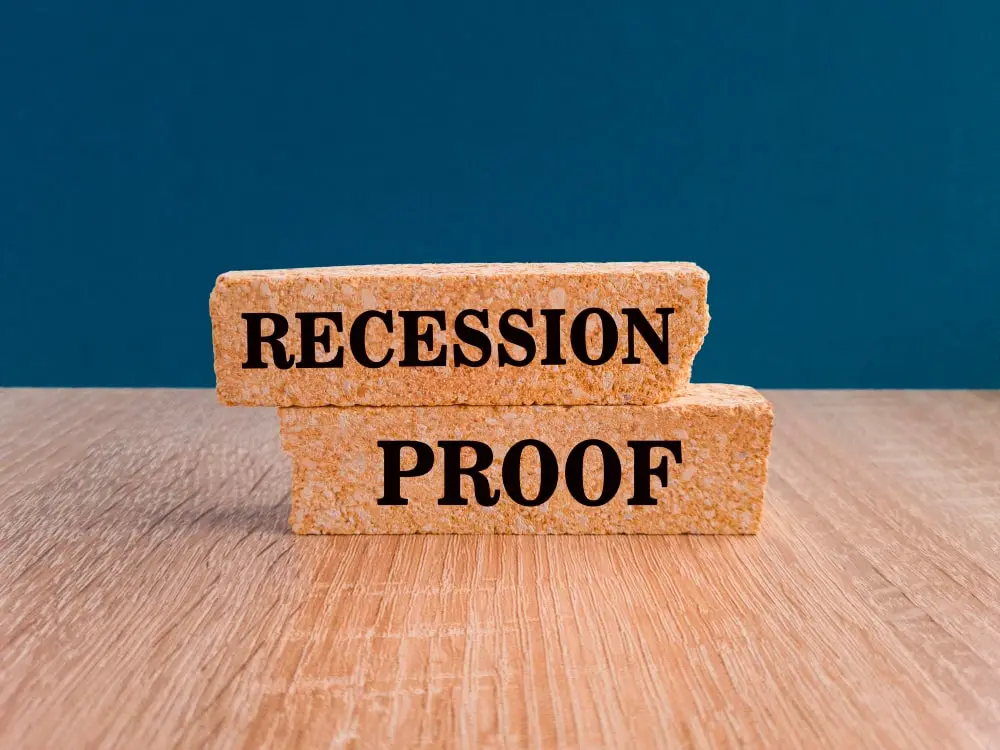Retirement planning is an extremely important part of each person’s career. Even though it is extremely important, not many people pay proper attention to it. Real estate is a great asset for those looking to bridge the gap between planning and execution for retirement. Retirement assets are usually difficult to join in as one needs to plan them well in advance. Real estate is a great market, and one can find awesome bargains with very high returns on investment. Self-directed IRAs allow one to explore alternative investments like cryptocurrencies, private placements, and much more. Hence, self-directed real estate investments are a great pick for retirement planning.
A self-directed IRA represents a distinctive form of an individual retirement account that provides enhanced control and flexibility over investment choices. Unlike traditional options such as stocks, bonds, and funds, a self-directed IRA empowers individuals to own a broader array of assets. The process of buying and making a self-directed ira real estate account, which is the best high-yield savings account, might be a little hectic for many, but the long-term benefits are many. So, let us get to know the steps in brief to understand how one can purchase real estate with an SDIRA.
How Can One Purchase Real Estate With A Self-Directed IRA?
Maintaining identical tax advantages and adhering to the same rules as conventional IRAs, self-directed IRAs offer contributors the opportunity to diversify their portfolios extensively. The contribution limits for the year 2023 remain consistent at $6,500, with an increased limit of $7,500 for individuals aged 50 or older. In 2024, these limits will see a rise to $7,000, and for individuals aged 50 or older, the limit will become $8,000. Contributions to self-directed IRAs may be tax-deductible, resembling a traditional IRA, or made on an after-tax basis, mirroring a Roth IRA. Earnings within these accounts experience tax-deferred growth or, in the case of Roth accounts, can be entirely tax-free.
The real estate SDIRAs allow investment in assured returns of real estate and are growing extremely popular amongst investors. They include single-family homes, apartment buildings, and multiplex homes. Here are a few steps one needs to take to invest:
-
Find a custodian
Just like a traditional IRA, the first step to finding a self-directed functionality is to find a custodian. This specifically allows one to purchase real estate in the SDIRA. Even though this is a difficult task, with increasing time and effort, one can find a custodian. There are organizations and funds like the IRA Services Trust Company and IRA Financial Group that provide access to such custodians. The fee structures are different for each custodian, and hence, proper research and comparison are extremely necessary. Yet, the custodian is there to manage the transactions, do paperwork, and maintain finances.
-
Operation of a Self-Directed IRA
The first step here is to open an LLC corporation under the SDIRA. This is known as the checkbook IRA and allows one to have complete control. This corporation has an account number, name, and tax ID. There are several ways to achieve checkbook control with a self-directed IRA. While forming an LLC is one option, other possibilities include solo 401(k)s and self-directed Roth IRAs, depending on your specific needs and goals. Research and compare different options before making a decision.
-
Buy real estate
One basic level of understanding is extremely essential here. The SDIRA is a separate entity from the person itself. When one buys real estate, it is in the name of the SDIRA and not the person. Hence, all transactions, expenses, and sales are remitted and managed through the same account only. There is a limit on the amount of contribution one is permitted to make. This limit is set according to the age of the bearer. Any contribution that is made henceforth beyond the limit comes with a hefty 6% tax penalty that has to be paid. Although self-directed IRA rental income grows tax-deferred, property taxes remain fully deductible against other income, just like with traditional IRAs. This provides a valuable tax benefit for real estate investments.
-
Rent or sell the real estate
Any income that is made through renting and selling the SDIRA account goes back into the same. If the account is Roth, then there will not be any tax charges on growth, and it will be withdrawn tax-free. However, if the investment is traditional, one will not be taxed till the contribution grows tax-free. Any withdrawals from this account cannot be made until the bearer is 59 and a half years old. In many cases, for the RMDs, the basic age is 72 years. RMD here stands for the required minimum distribution. Even though there is a lot of chaos that comes with Self-directed IRAs, it is still one of the best picks by investors. This is because of the ease of understanding and high returns that it brings to the table. Along with this, it has several other benefits.
Benefits of Self-Directed Real Estate for Retirement Planning
Here is a list of benefits that one might get by using SDIRAs for easier retirement planning.
-
High long-term returns
Since the horizons of understanding are long-term for SDIRAs, they are well suited for debt investments. Especially in cases of retirement planning where the entire process stretches over the years, this is a great pick. Over the years, the value of properties has increased exponentially and can be some at a higher rate. This is an added benefit for people in the same market who have sufficient knowledge and help in making wise investments.
-
Provides a hedging against inflation
Inflation acts in favor of the real estate business, and hence, it is seen as a hedge against the rapid increase in goods prices. When the rates of services and goods increase, the real estate property value also shoots up. This ensures security and increased returns for the investors.
-
Diversification
Many investors also find these investments as ways to diversify their traditional investment portfolios. This not only secures the future but also enhances performance in the stock and bond market. Some studies have proved that there is a correlation between the real estate market and other designated ideas like bitcoins and gold rates. This relation is strongest with the stock market.
-
Passive income
The rental income of the properties allows growth easily. Even though this is not quick money, it is a long-term, stable source of income. It is passive and doesn’t require continuous help to set up. Even though the initial setup takes time and can be difficult or chaotic, the latter part is mess-free. However, one should remember that no money can be withdrawn until the holder is 59 and a half years old.
Conclusion
Real estate is an ever-growing market that has tremendous scope for expansion. This basic understanding and minor investments over a long time period will lead to successful retirement planning. Self-directed IRAs allow easy investing and long-term returns.
To make sure one gets the highest amount of benefits from real estate investment, expert advice should be taken, like consultations with Munshi Capital. This experience in the field allows the investor to neglect any silly faults that may cause high monetary losses. It gives a clear picture of the working of such fields and maximizes the returns. Since real money is concerned, every decision made should be well planned and thought out so that over the years, everything runs smoothly.





